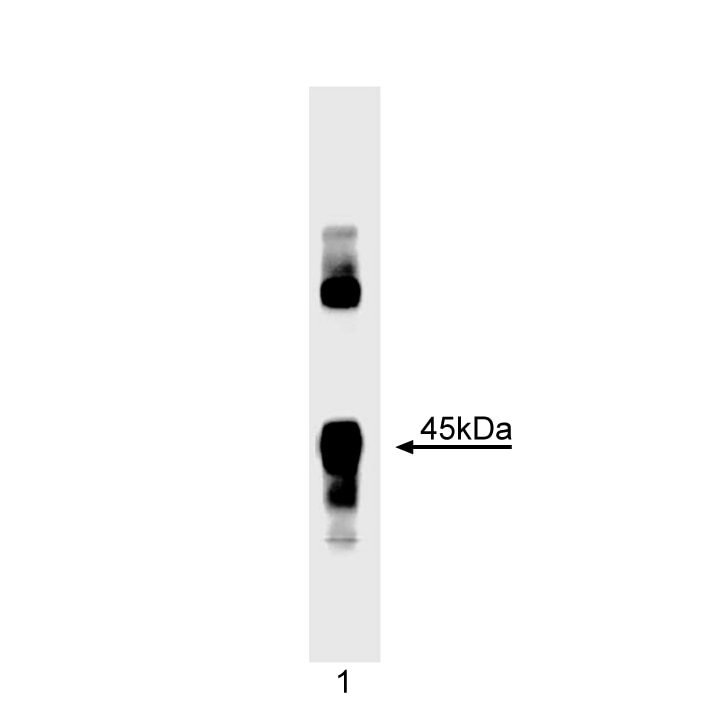-
Reagents
- Flow Cytometry Reagents
-
Western Blotting and Molecular Reagents
- Immunoassay Reagents
-
Single-Cell Multiomics Reagents
- BD® OMICS-Guard Sample Preservation Buffer
- BD® AbSeq Assay
- BD® Single-Cell Multiplexing Kit
- BD Rhapsody™ ATAC-Seq Assays
- BD Rhapsody™ Whole Transcriptome Analysis (WTA) Amplification Kit
- BD Rhapsody™ TCR/BCR Next Multiomic Assays
- BD Rhapsody™ Targeted mRNA Kits
- BD Rhapsody™ Accessory Kits
- BD® OMICS-One Protein Panels
-
Functional Assays
-
Microscopy and Imaging Reagents
-
Cell Preparation and Separation Reagents
-
- BD® OMICS-Guard Sample Preservation Buffer
- BD® AbSeq Assay
- BD® Single-Cell Multiplexing Kit
- BD Rhapsody™ ATAC-Seq Assays
- BD Rhapsody™ Whole Transcriptome Analysis (WTA) Amplification Kit
- BD Rhapsody™ TCR/BCR Next Multiomic Assays
- BD Rhapsody™ Targeted mRNA Kits
- BD Rhapsody™ Accessory Kits
- BD® OMICS-One Protein Panels
- Denmark (English)
-
Change country/language
Old Browser
This page has been recently translated and is available in French now.
Looks like you're visiting us from United States.
Would you like to stay on the current country site or be switched to your country?
BD Pharmingen™ Purified Mouse Anti-MyoD
Clone 5.8A (RUO)



Western blot analysis of MyoD expression on Rh30 Rhabdomyosarcoma cells. Rh30 cell lysate was stained with Purified Mouse Anti-MyoD (Cat. No. 554130), followed by HRP Goat Anti-Mouse Ig (Cat. No. 554130) for 1 hour at room temperature. MyoD is identified as a 45-48 kDa band.


BD Pharmingen™ Purified Mouse Anti-MyoD

Regulatory Status Legend
Any use of products other than the permitted use without the express written authorization of Becton, Dickinson and Company is strictly prohibited.
Preparation And Storage
Recommended Assay Procedures
Applications include Western blot analysis (1-2 µg/ml) and immunohistochemical staining of paraformaldehyde-fixed, frozen tissue sections and myogenic cell lines (titrate between 0.5-5 µg/ml). RD Rhabdomysarcoma cells (ATCC CCL-136) and normal myoblasts are suggested as a positive control for these applications. Cell lines which are suggested as negative controls include: Ewing's sarcoma cells RD-ES (ATCC HBT-166), neuroblastoma cells SK-N-SH (ATCC HTB-11), and Burkitts lymphoma cells EB2 (ATCC HTB-61).
Product Notices
- Since applications vary, each investigator should titrate the reagent to obtain optimal results.
- Caution: Sodium azide yields highly toxic hydrazoic acid under acidic conditions. Dilute azide compounds in running water before discarding to avoid accumulation of potentially explosive deposits in plumbing.
- Species cross-reactivity detected in product development may not have been confirmed on every format and/or application.
- Please refer to http://regdocs.bd.com to access safety data sheets (SDS).
- Please refer to www.bdbiosciences.com/us/s/resources for technical protocols.
MyoD is a member of a family of myogenic basic helix-loop-helix (bHLH) transcription factors that includes Myf-5, myogenin, and MRF4 (also known as herculin or Myf-6). Members of this family, expressed exclusively in skeletal muscle, play a key role in myogenesis by activating muscle-specific genes in response to extracellular growth factors. Transfection of MyoD and other family members into non-muscle cells has been shown to either convert these cells to myogenic cells or to transcriptionally activate a set of otherwise unexpressed muscle-specific genes. Members of this family have distinct roles in muscle development; for example, MyoD and Myf-5 act early during myeloid development, whereas myogenin acts at a later point during myoblast differentiation. The expression and activity of MyoD has been shown to involve the mitogen-activated protein kinase (MAPK) cascade.
The epitope for MoAb 5.8A has been mapped to amino acids 180-189 of mouse MyoD.
Development References (5)
-
Davis RL, Weintraub H, Lassar AB. Expression of a single transfected cDNA converts fibroblasts to myoblasts. Cell. 1987; 51(6):987-1000. (Biology). View Reference
-
Dias P, Dilling M, Houghton P. The molecular basis of skeletal muscle differentiation.. Semin Diagn Pathol. 1994; 11(1):3-14. (Biology). View Reference
-
Dias P, Parham DM, Shapiro DN, Tapscott SJ, Houghton PJ. Monoclonal antibodies to the myogenic regulatory protein MyoD1: epitope mapping and diagnostic utility. Cancer Res. 1992; 52(23):6431-6439. (Clone-specific). View Reference
-
Gredinger E, Gerber AN, Tamir Y, Tapscott SJ, Bengal E. Mitogen-activated protein kinase pathway is involved in the differentiation of muscle cells. J Biol Chem. 1998; 273(17):10436-10444. (Biology). View Reference
-
Rawls A, Valdez MR, Zhang W, Richardson J, Klein WH, Olson EN. Overlapping functions of the myogenic bHLH genes MRF4 and MyoD revealed in double mutant mice. Development. 1998; 125(13):2349-2358. (Biology). View Reference
Please refer to Support Documents for Quality Certificates
Global - Refer to manufacturer's instructions for use and related User Manuals and Technical data sheets before using this products as described
Comparisons, where applicable, are made against older BD Technology, manual methods or are general performance claims. Comparisons are not made against non-BD technologies, unless otherwise noted.
For Research Use Only. Not for use in diagnostic or therapeutic procedures.